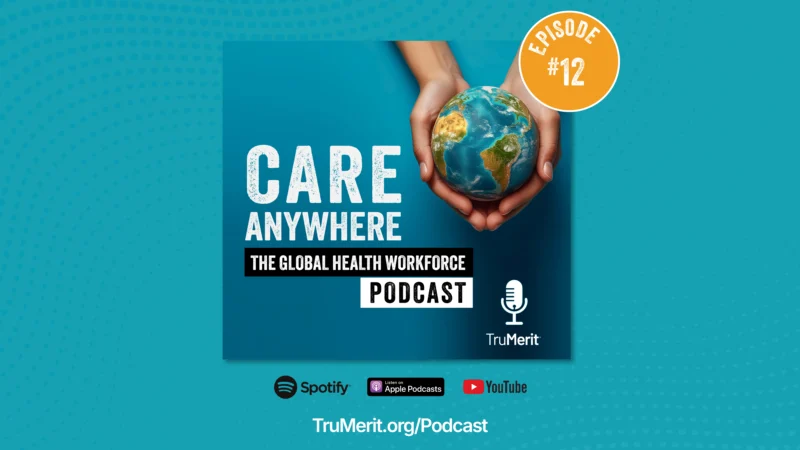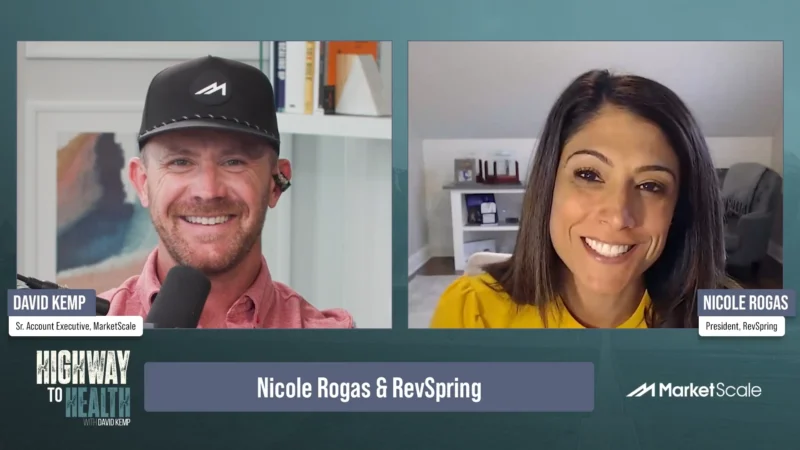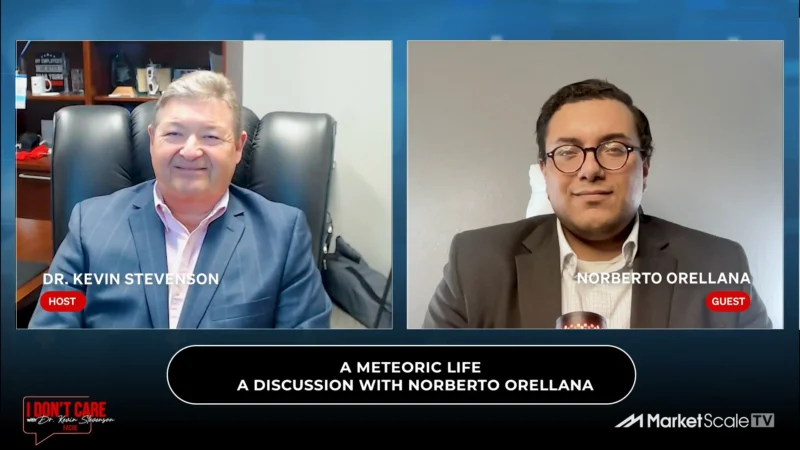How Does Carevive Align With FFS and Value – Based Reimbursement In The Future?
John Elliott from Carevive shares valuable insights gathered from recent conversations and on-site visits with partners and industry experts. The burning question on everyone’s mind is how Carevive aligns with the current fee-for-service reimbursement landscape and future value-based plans.
In the current state, Carevive seamlessly aligns with chronic care management codes, benefiting patients with treatment lasting longer than three months and requiring medication revisions. By proactively monitoring and managing patient symptoms, Carevive empowers care teams to avoid hospitalizations, driving a strong hard ROI.
Looking ahead to value-based reimbursement models, Carevive is already well-positioned. Aligned with the recent Oncology Care Model (OCM) and with its focus on driving transformation, quality metrics, and health equity, Carevive complements future redesign activities, including electronic patient-reported outcomes (ePROs) for remote symptom management.
Confident in its alignment with both current and future reimbursement models, Carevive remains committed to providing continuous engagement and improving patient outcomes. As the industry evolves, Carevive continues to stay at the forefront, fostering ongoing dialogue and serving as a reliable partner in the ever-changing landscape of oncology care. Stay tuned for more updates as Carevive continues to shape the future of cancer care.




